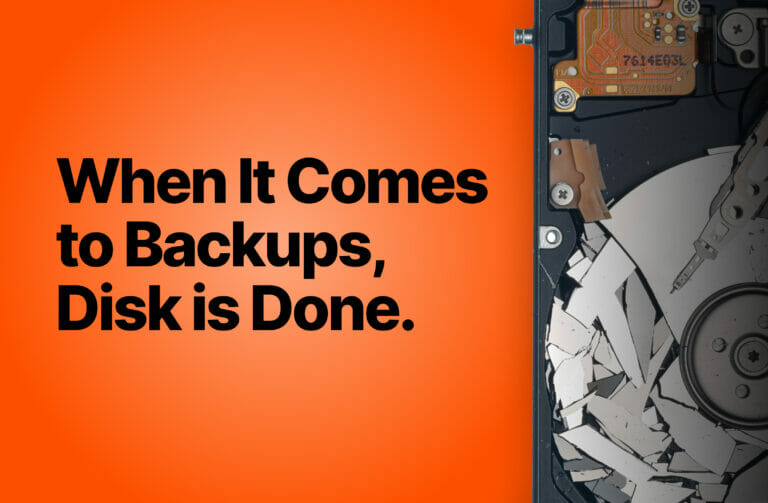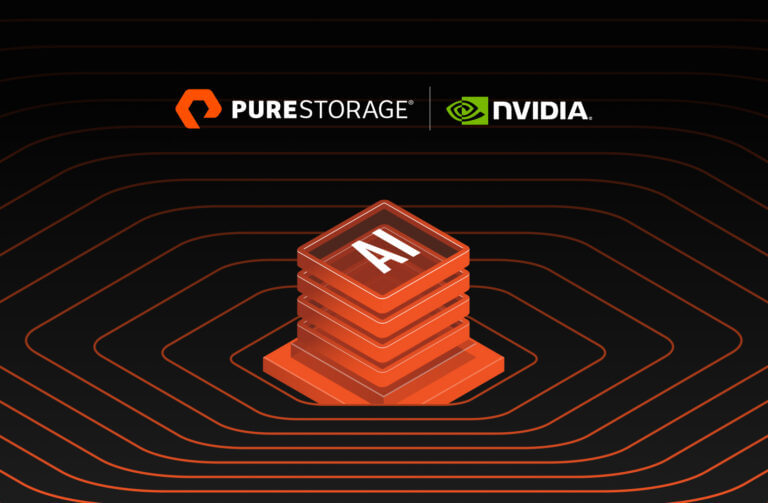Today’s telecom providers need a strong telecom data strategy to deliver meaningful, unified change. Having a single centralized source of data is the key to making it happen.
Following the explosion of new technologies that hit the market in the wake of COVID-19, every large organization faced a complex marketplace full of complex challenges. And perhaps none more so than traditional telecom carriers.
Pressure is mounting on telecoms to adopt and provide the latest technologies and services, meet new regulations, and adapt their business models for digital-first over-the-top (OTT) service providers like WhatsApp. But to meet these demands, today’s telecoms first must tackle another more significant challenge: overcoming silos and internal complexity to evolve as one unified, innovative unit.
The good news is that there’s a clear answer to this: data.
Now fundamental to the modern telecom’s survival, data provides a wealth of opportunities to monetize insights, drive new revenue and services, and move as a unified, agile whole. But this is only possible if you have the strategy in place to understand and use it effectively.
In this blog post, I’ll look at why creating a single centralized thread of data that unites your business processes is so important—including what it can deliver and the challenges it can help you overcome.
A Legacy Challenge for Today’s Telecoms
Despite making moves to digitally transform, many major telecoms are still held back by legacy systems, solutions, and processes—which in turn create complex internal structures, federations, and silos. And while 71% of telco leaders say that creating digital services is a top priority, only 32% say they’re focused on improving IT systems and processes.
For major telcos with multiple divisions, operations, and lines of business, this has to change. To manage a multitude of different products and infrastructures—all monitored by different teams—and stay competitive, you need complete visibility over each part of your organization. It means breaking down silos and storing all your data in a single point of truth.
“A data-driven organization is one that has a clearly aligned strategy for driving the company backed up by data,” says Bobby Shaik, Vodafone’s head of BI. “Without that data, you can’t do anything. So you need to have a centralized strategy for organizing it.”
A Single Golden Thread of Data
By aggregating all your customer and business data, you can ensure everyone is on the same page, provide a single source of truth, and help your organization evolve in a simple, cohesive way. It can help you deliver:
- Faster innovation: Your teams can easily access the insights they need to create innovative new products and update services in line with trends and customer demands. And with advanced technologies like 5G, the internet of things (IoT), and edge servers set to define the next few decades—and represent a $54 billion opportunity for telcos by 2024—getting ahead now is vital.
- Better customer experiences: With a 360-degree view of your customers, you can deliver a seamless experience across multiple divisions. Instead of your customers being passed from pillar to post and forced to repeat information, a single view of their contact history can help you quickly identify them and efficiently address their queries—reducing churn and frustration and building trust.
- A single source of truth: As you gather more data, keeping accurate, unfragmented records will help you create a solid foundation for expansion into automation and AI.
In an overcrowded market where a new focus on OTT services is expected to decrease spending on traditional fixed and mobile communication services by up to 36%, addressing these factors will be vital to help you stay competitive. But aggregating data isn’t easy and requires a cultural shift from the top down.
A Cultural Shift for Leaders
Aggregating your data and driving a single cohesive strategy can help you break down silos, improve services, and realize new revenue opportunities. But it needs to be driven from the top down—and that requires a dramatic shift in how company leaders approach their telecom industry data strategy.
“You need a clearly aligned strategy for driving the company,” says Shaik. “From your CEO and CFO to your top-down execs and the bottom-up people who are actually doing the work, everyone should be aligned to a combined vision driven by data and analytics.”
According to McKinsey, this data-driven cultural shift will be underpinned by new, agile ways of working. To create a “digital-and-analytics DNA,” telecoms need to install multidisciplinary, co-located teams, with company leaders acting as coaches rather than disciplinarians.
What Does Your Data Strategy Look Like?
Creating a single thread of data may seem simple in theory, but the reality can be complex and fraught with risk if not done right. From my experience at Pure Storage, it requires a single platform that can bring all your data together and an enabling partner that can help you build a cohesive telecom data strategy and ecosystem.
In this blog post, I’ve outlined a key strategy for data aggregation, but I’d love to hear your ideas. How do you think telecoms should use their data to stay competitive?
Let me know your thoughts by leaving a comment below. Learn more about Pure Storage® telecom solutions.
![]()






